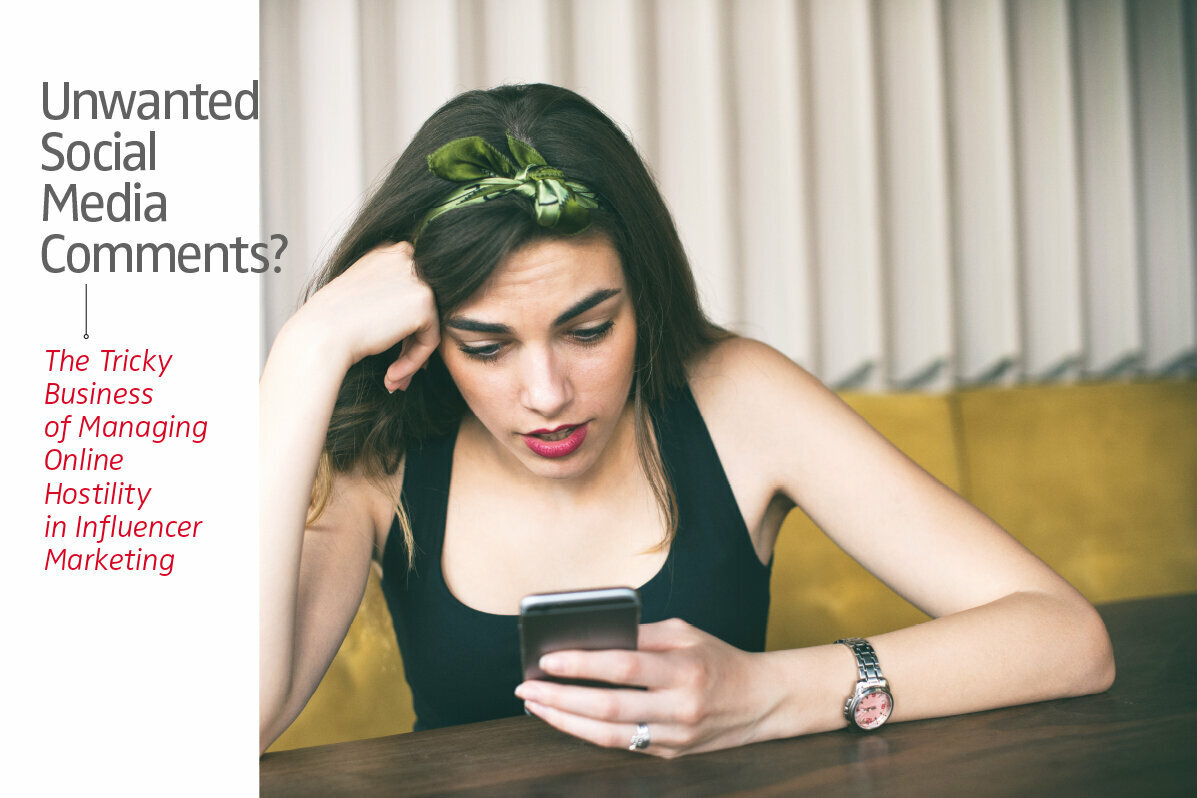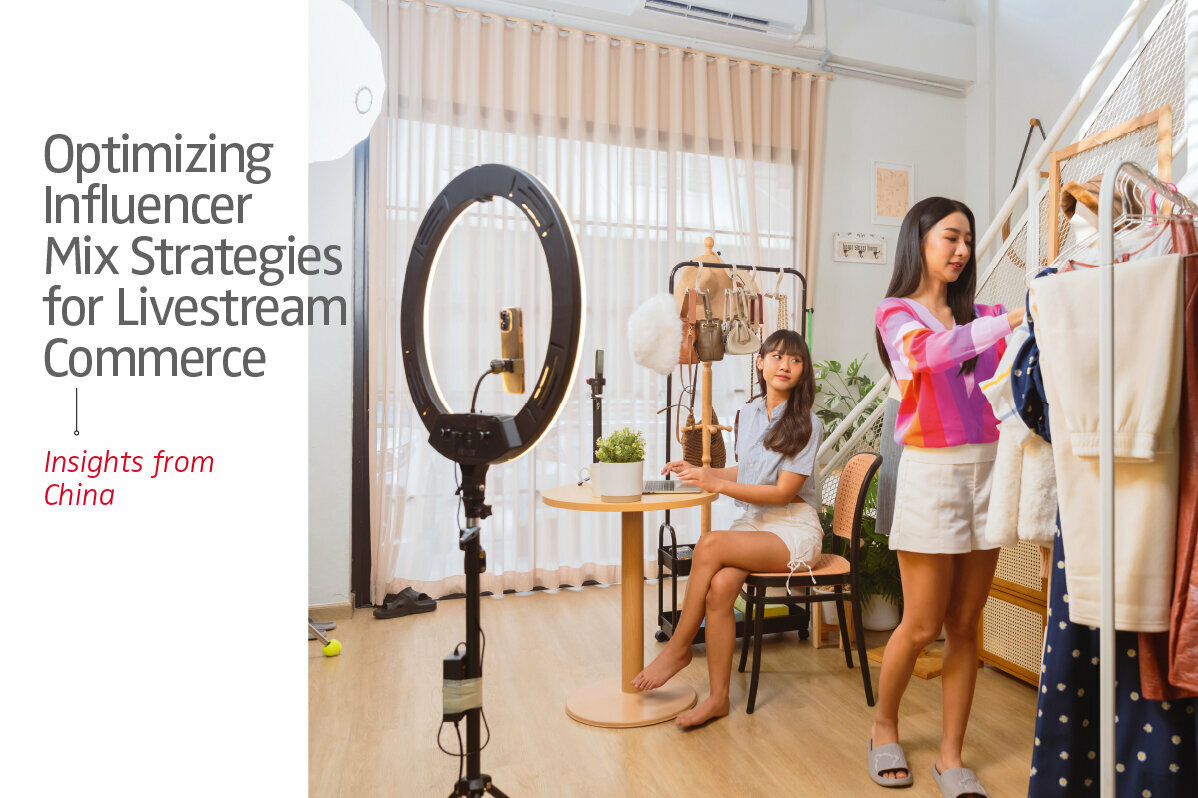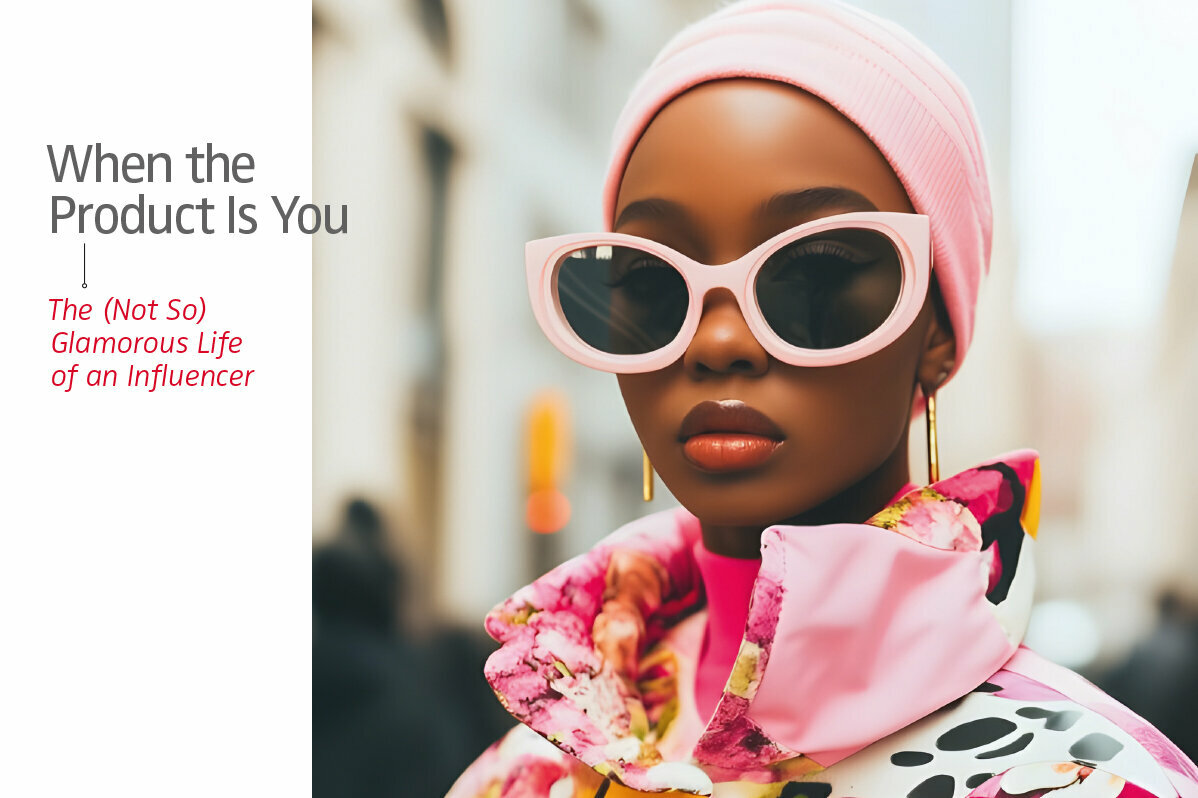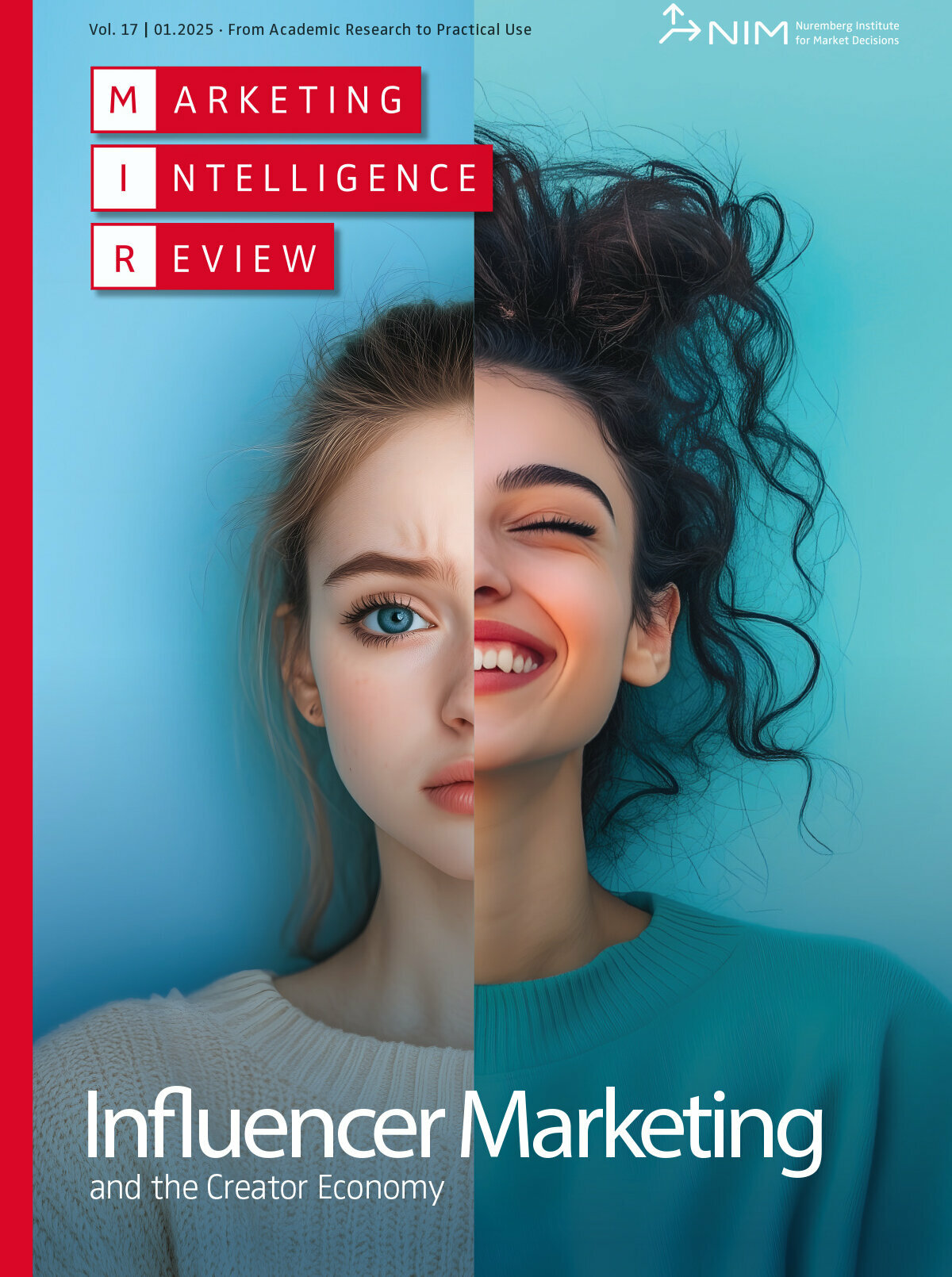Behind the Screens: How to Build Impactful Influencer Campaigns that #breaktheInternet -- Interview with Molly Tullis, Associate Director of Social Strategy
In today’s dynamic world of influencer marketing, brands face an ever-changing digital landscape where authenticity, adaptability and collaboration are key. This interview dives into the heart of influencer marketing with Molly Tullis, a seasoned expert who shares actionable insights on topics ranging from building trust with creators to navigating platform uncertainties. Discover how influencer marketing has evolved beyond mere product endorsements, how micro influencers play a pivotal role and how brands can leverage creator content across multiple channels. Whether you’re curious about common pitfalls, looking for tips on measuring campaign success, or wondering about the future of the industry, Molly’s thoughtful perspectives provide a comprehensive guide to mastering influencer marketing today.
Jenna: You have almost a decade of experience in digital and influencer marketing. How did you end up here? What drew you to influencer marketing specifically?
Molly: It was a happy accident. I have always been drawn to creative fields, and during college, I studied advertising and PR with the intent of pursuing social media. In my senior year, I needed one more credit to graduate and opted for an independent study on influencer marketing—a term that was really gaining traction at the time. To immerse myself in the subject, I decided to try being an influencer myself and unexpectedly found success. After college, I joined Ogilvy & Mather, where I was part of a social media team just as influencer marketing was becoming a viable strategy for brands. I knew how to do it and was able to help our clients build some of their first-ever influencer programs. I was at the right place at the right time.
Jenna: What was the focus of your senior project and your first foray into content creation?
Molly: My senior project explored the rise of influencer marketing and the commodification of personal brands. I was fascinated by the idea of blending personal identity with marketability. To test this concept, I created a lifestyle blog where I shared insights, product reviews and personal stories. Within months, I partnered with brands like Nike, Sephora and Covergirl—a surreal experience for a college student. The project taught me how to build a personal brand, engage with an audience and create content that resonated. More importantly, it showed me how influencers could bridge the gap between brands and consumers in a way that felt organic and authentic. The core of influencer marketing is people sharing things they like. The authenticity of this really drew me in, though authenticity is up for debate these days.
Jenna: What changes have you noticed in terms of authenticity? And what do you mean by “authenticity is up for debate”?
Molly: Initially, influencers were celebrated for their candid, unfiltered perspectives, which set them apart from traditional advertisements. However, as the industry grew, scandals—like influencers using fake endorsements or misrepresenting products—led to skepticism among audiences. Last year, one of TikTok’s largest beauty creators was doing a sponsored mascara review. And then, a few months later, it came out that she was wearing fake eyelashes in the review. Clearly, this is fraudulent advertising. People still trust influencers more than they trust traditional ads, but they have become more critical. Today, authenticity requires more than just transparency; it demands consistency and genuine alignment between influencers and the brands they promote. Audiences have become savvy and can easily spot inauthentic or even fraudulent content.
Jenna: Is authenticity still crucial, or has it become irrelevant in influencer marketing?
Molly: Authenticity is still the cornerstone of influencer marketing and is as important as ever. Audiences follow influencers because they value their POV, their unique perspectives. Brands need to prioritize partnerships with influencers who genuinely use and love their products. Ideally, they can find somebody who has already been a fan of the brand before beginning a collaboration. This fosters trust and ensures that content feels natural rather than forced.
Jenna: How has the industry evolved over the years? What major shifts have you noticed?
Molly: The industry has undergone massive changes in both form and function. When I started, long-form blogs were the dominant medium, but now, short-form video platforms like TikTok and Instagram Reels dominate the landscape. Beyond content formats, there has been a shift from one-off posts to long-term partnerships, reflecting the value of sustained collaboration. Further, influencers are no longer just brand promoters—they are seen as freelance creatives, contributing to marketing efforts across multiple channels. I have worked on campaigns in which we negotiated rights for the influencer’s photos to be used as product photos on Amazon. They outperform stock photography because they look real. Brands are now repurposing influencer content outside the traditional influencer spaces: for e-commerce, email marketing and even paid advertisements. It´s almost like having an influencer of record rather than having an agency of record.
Jenna: How do you establish a good, solid contract with an influencer? What is best practice for longer cooperations and multichannel use?
Molly: My number one tip is include everything! There is no detail that is too minor to be put into the contract. List which platforms, which accounts, which handles, for how long, whether it´s permanent, in feed or story or both, whether there's a link in their bio or a link in the story, any requested hashtags, how many rounds of revisions and any competitor clauses and their duration. You must put all these things in and not just assume that everything is covered. I also include the creative briefing and any dos and don’ts from a branding perspective. What is in the contract is enforceable, and it protects the clients as well as the creators. All parties know exactly what they sign up for so that there won´t be any surprises.
Jenna: Are there any misconceptions about influencer marketing that you encounter?
Molly: A common misconception is that influencer marketing is superficial or gimmicky. Many still have a tunnel vision: They picture it as Instagram selfies or TikTok dances, but it can be so much more. I often need to explain that influencer marketing can be a very diverse, multi-channel strategy that involves careful planning, audience analysis and strategic execution. Another myth is that only big-name influencers matter. In reality, micro and nano influencers often have higher engagement rates and more niche audiences, making them incredibly valuable for targeted campaigns. Many people think that you need a huge budget so you can hire somebody with 500,000 followers, but you can find fantastic, wonderful creative with somebody with 2,000 followers. Even brands with deep pockets have shifted their focus to small creators because of their authenticity and great engagement rates. So don't be afraid to start small.
Jenna: You have worked in a lot of different industries. Are there differences in terms of regulation?
Molly: People assume that some industries are more regulated, but they would be surprised by the amount of regulation everywhere. Financial services and pharmacology are obvious candidates for intensive regulation, but I went through just as much legal reviews with consumer packaged goods. There is not one industry where you are spared from ensuring compliance with legal and ethical guidelines. Regardless of the industry, collaboration between legal teams, influencers and marketing experts is crucial to creating impactful yet compliant campaigns.
Jenna: What common mistakes do brands make when working with influencers?
Molly: One major mistake is treating influencers like actors rather than strategic partners. They are representatives of your ideal consumers, so utilize their feedback and thoughts on their audience. You need to remember why you're hiring an outside perspective and allow creators to have their point of view. I try to advocate for the influencer as much as possible, because heavily scripted content always flops. Obviously, there are some product statements that you can't say or have to say, but please let the influencers do their jobs. Let them create an authentic two-way conversation with their community that resonates on their platform. Treat them as independent contractors and as strategists, not as actors or company hires.
Jenna: Can you share an example of a campaign that didn’t go as planned? How did you navigate it and what can we learn to avoid pitfalls?
Molly: Sometimes, the content just doesn't resonate with an influencer and doesn't land at all. Especially if this happens in the first quarter of a one-year partnership, you have to act immediately. You need to go back to the drawing board and analyze what you did versus what you actually want. Take a step back and ask, “What are we trying to say and to whom? How can we try it again?” Typically, stripping it back to basics helps a lot. Once, we presented a recipe—typical, well-done food recipe content—that flopped. We analyzed the project and found that the problem was that we were addressing parents, and they might not have had time or interest in a recipe that takes 45 minutes. In this particular use case, we ended up doing really short videos with snack ideas instead of full recipes, and that completely turned the campaign around for the rest of the year. Things like this happen and can also be caused by algorithms. It´s not just you and the creator, there's also Meta and the like in the room. Campaigns rarely go perfectly, but adaptability can turn challenges into success stories.
Jenna: That brings us to the topic of metrics and tracking: How do you measure the success of an influencer campaign?
Molly: People assume that a campaign is a success if “it goes viral,” but that´s not a clear goal. When talking to a client about a potential influencer program, my first question is about their goals and expectations. Mostly, I need to help them figure out what those are, because metrics and success will be different for every single campaign. It might be the usage and purchase value of a coupon code. Others want mass awareness, and, in that case, we will look at impressions or comments. It depends on where you are in the funnel at the time that you're doing this campaign, and that’s what I need to find out.
Jenna: How does being a content creator yourself shape your work?
Molly: Being a content creator gives me unique insights into both sides of the influencer equation. I understand the creative process, from ideation to execution, and can advocate for fair compensation and creative freedom for influencers. At the same time, I know how to set realistic expectations for brands. This dual perspective allows me to foster better collaboration, ensuring campaigns are not only effective but also mutually beneficial for all parties involved.
Jenna: What do you find most rewarding about being so deeply embedded in the influencer industry?
Molly: It´s really rewarding when I look at a piece of content that I have helped negotiate and I see in the comments that people are excited about it. Some audiences are so invested in the influencer that they are even happy for them. They are like, “Oh, my gosh, girl, you've been talking about this brand forever, and finally you've got to deal with them.” Then you know that you've nailed it! And we are not just talking about selling products. I have done nonprofit projects or disease awareness campaigns, and when you see in the comments that this is meaningful to people and impactful, I get so much back!
Jenna: Let´s close with your predictions on the future of Influencer marketing. Is the rise and fall of platforms like TikTok’s potential ban in the US a serious threat to the industry?
Molly: As long as there are social media, regardless of what happens with content trends or platforms, people will be talking about things that matter to them. Influencer marketing will keep being a fun matchmaking service. A good match will remain one of the most effective ways to bring a product, service or message into these conversations. So I'm still very excited about the future of influencer marketing.
Jenna: I love this. Molly, thank you so much for sharing your time and expertise today. Your insights into the evolving world of influencer marketing have been incredibly enlightening. I’m sure our readers will find your advice invaluable as they navigate this dynamic field. It’s been a pleasure speaking with you!


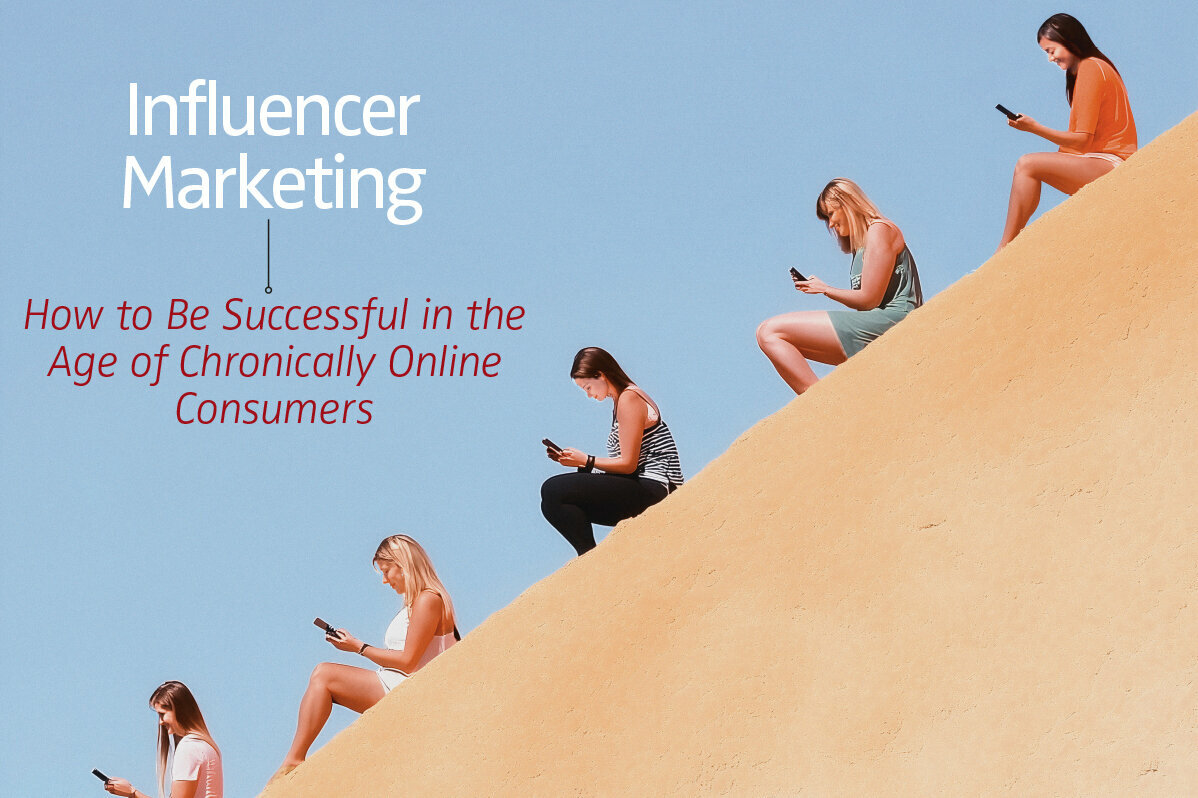
![[Translate to English:] Cover Reosengren ea deutsch](/fileadmin/_processed_/4/8/csm_Startbild_Rosengren_17_1_DE_62e08de5ba.jpg)
